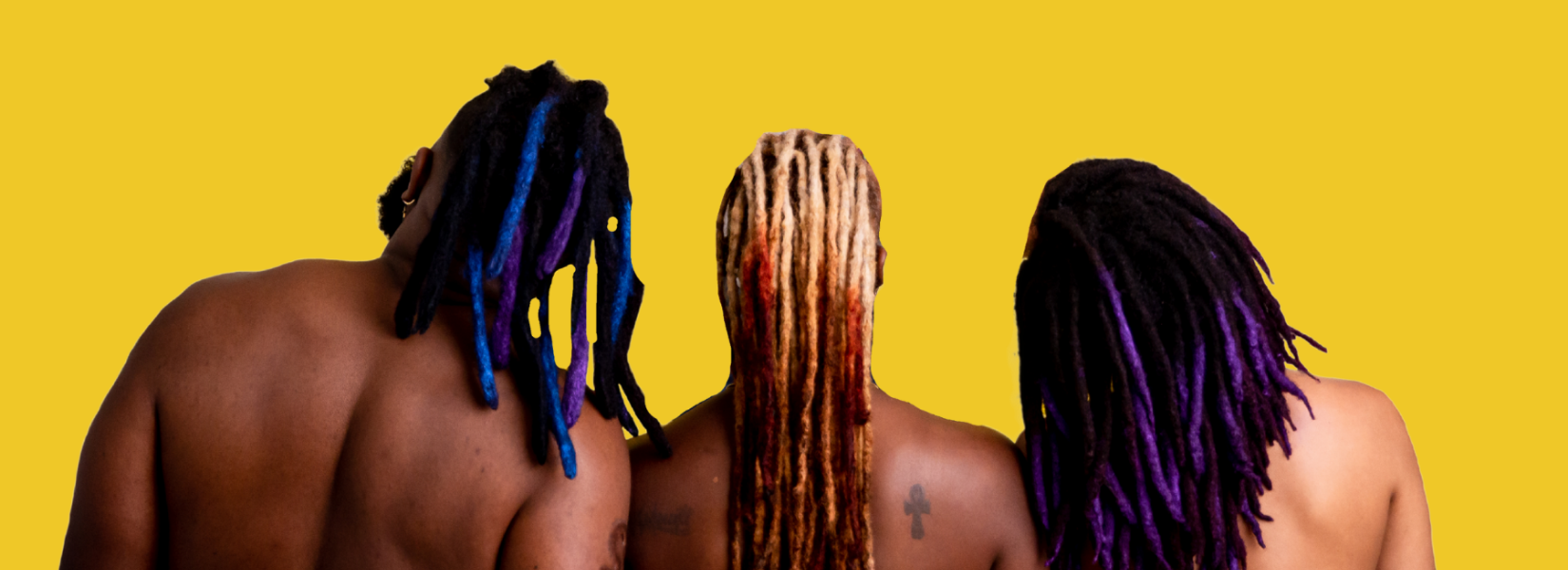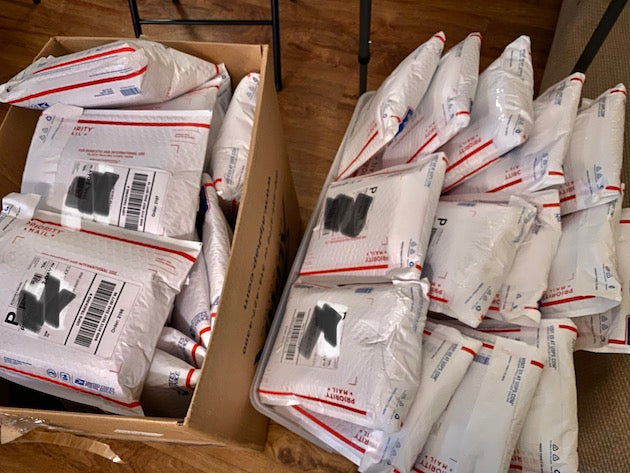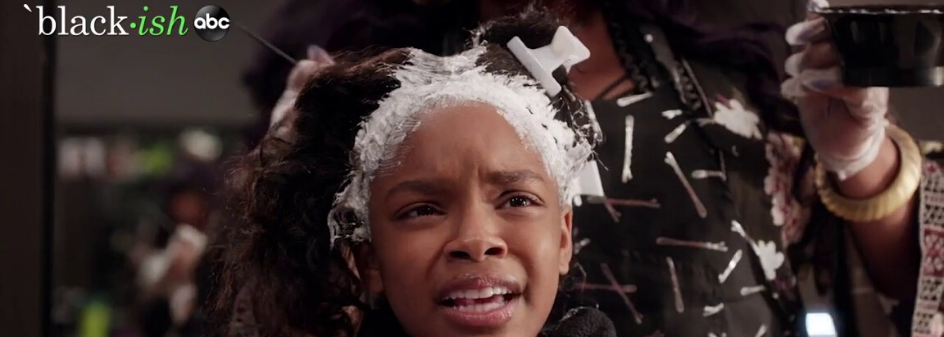Wondering what’s the safest or most effective way to dye locs? Apparently there are multiple options!
Before we dive into dying your locs, we do want to emphasize how important it is to get your locs dyed by a professional colorist who knows how to dye locs. What this means is, we do not recommend dying your locs at home, by yourself, and we do not recommend going to a salon and getting your locs dyed by someone who does not have a lot of experience dying locs.
That being said, Dr Locs called up her friend in the business to get answers on coloring locs by someone who really knows all the ins and outs of coloring locs and natural hair. In this article we’ll reveal all the wisdom and insight Joy Barnes, of No More Hats Salon enlightened us with.
Semi-Permanent Color
How you choose to dye your locs will depend on your desired color and the natural color of your hair. If your hair is black and you want to cover those greys, but you don’t want to use a permanent color, you could try a semi-permanent color, but the grey will eventually pop up. Sometimes, after a few shampoos, with semi-permanent colors, the grey will eventually show up again.
Demi-Permanent Color
Demi permanent color is another option, which relies on deposits only. Deposits don’t lift the hair cuticle but deposits the color. This means, if you want, say, a jet black color and your natural hair color is an ash black, then you’d use a demi-permanent dye, which is permanent but just deposits color. Depositing color is when you don't lift the hair cuticle as you would with a blond or much lighter color. When you go for a much lighter color, like a blond, from a much darker color, the dye you use will remove your original color to add a very different color. Deposits wont go that far, and to some degree, wont stress the cuticle as much as let’s say, a bleach would.
Permanent Color/Bleach
If you want to go lighter, a color that is far from your original color, you’d use a permanent color, or you could opt for a bleach depending on how light you want to go. Permanent colors will strip your hair of its natural color after lifting the cuticle to fill in the lighter color or bleach, which can then be topped up with another color like red, purple and so on.
Henna
Henna on locs is an option - but it's a big challenge for locs because grains can get left behind in the hair. Especially with interlocking, this can leave behind grains between the hair strands inside the locs.
A gentle word of warning: know that many hennas do have dyes in it though it says it's a henna, it might not actually be what they’re selling it as. So you’ll want to carefully read that label.
And lastly, the more you use henna, the harder it’ll be to transition to a lighter color. The more you coat the cuticle with henna the harder it will be to raise the hair cuticle. You can go from black henna to black hair color dye, but when you try to lift for lighter hair color it could be harder to lift after many henna dyes. If you use red henna on black hair it probably won’t work. You can mix other natural ingredients to get a lift, but you’ll be limited in terms of your color options.
Just so you know exactly what you’re in for. For a lot of people, this isn’t a drawback, but we do want you to feel informed when making decisions on how to dye your locs.
Final Thoughts
The dyes and colors you choose all depend on your natural color and the desired color as your final result. As always, get a consultation, because they can tell you what color will work, what dye you need and what you’ll need to really take care of your color and locs down the line.
Don’t do colors yourself, we really don’t recommend it. Make sure whoever is doing your hair specializes in color but also specializes in coloring locs. According to Joy, coloring locs is not like coloring loose hair. There’s a certain way you’ll have to manipulate locs to get that color to penetrate from the surface of the locs and further into the layers of your lcos. Your specialist will know how to dye your locs, they’ll know what your locs require and how much product you’ll need, because your locs will need more than your loose hair and your colorist needs to work that color in.
A consultation will tell you if the color you desire is possible on your natural hair color and the condition of your hair. They will also know if your hair can handle more dye at the moment or if it’s better for your hair to take a break.
If you go too far with hair dye, you can really damage your hair.
Bleach may not lift the hair because of all the years of dying. This is why you have to be honest with the history of your locs when you're sitting in that chair in front of your professional colorist. They’re going to find out the truth either way. The hard way, will require extra work and time for the both of you, or the easy way, involves them knowing exactly what they’re dealing with in order to make an educated and successful decision when it comes to colors, treatment and the time both of you will need to set aside for coloring your locs.




